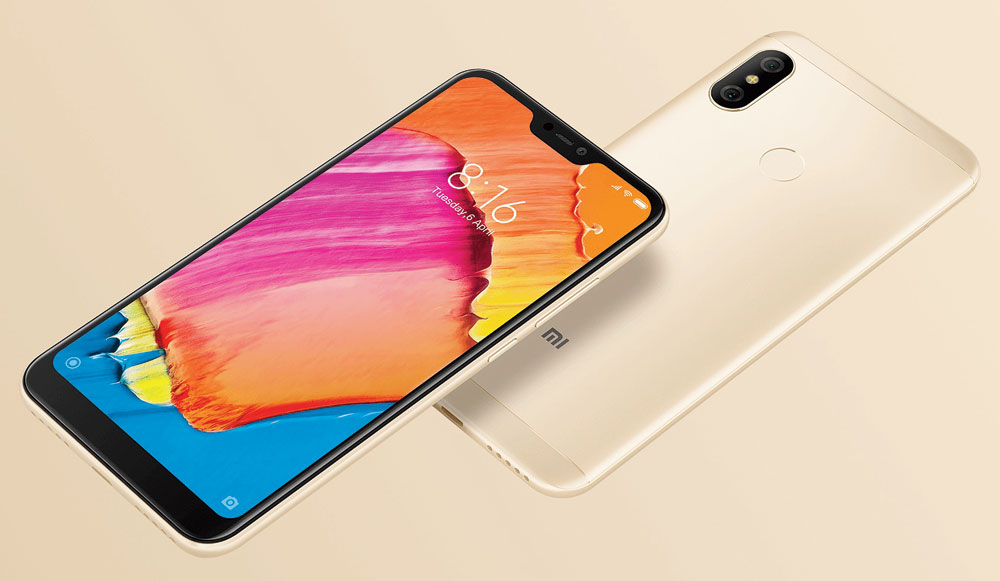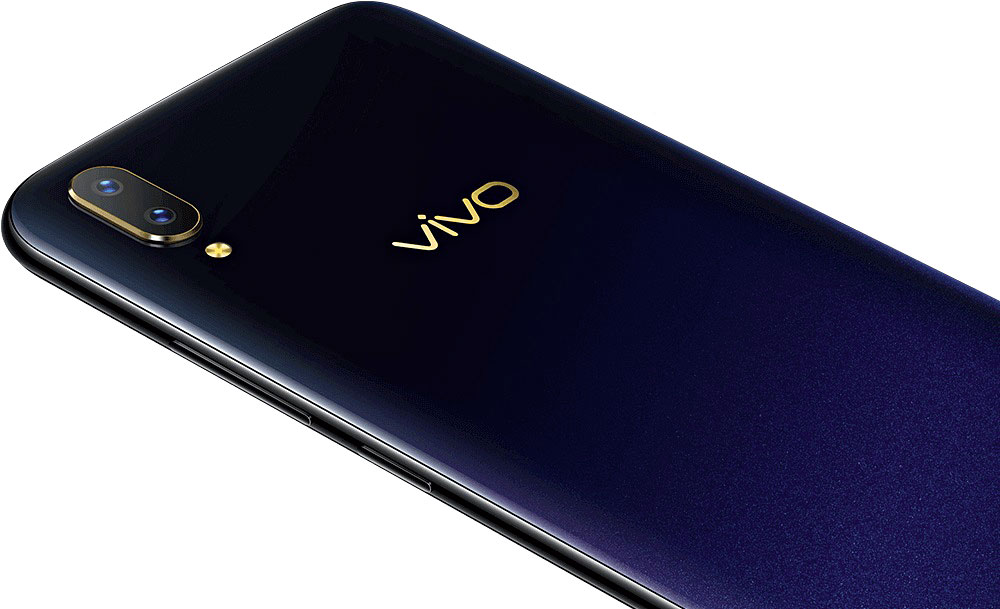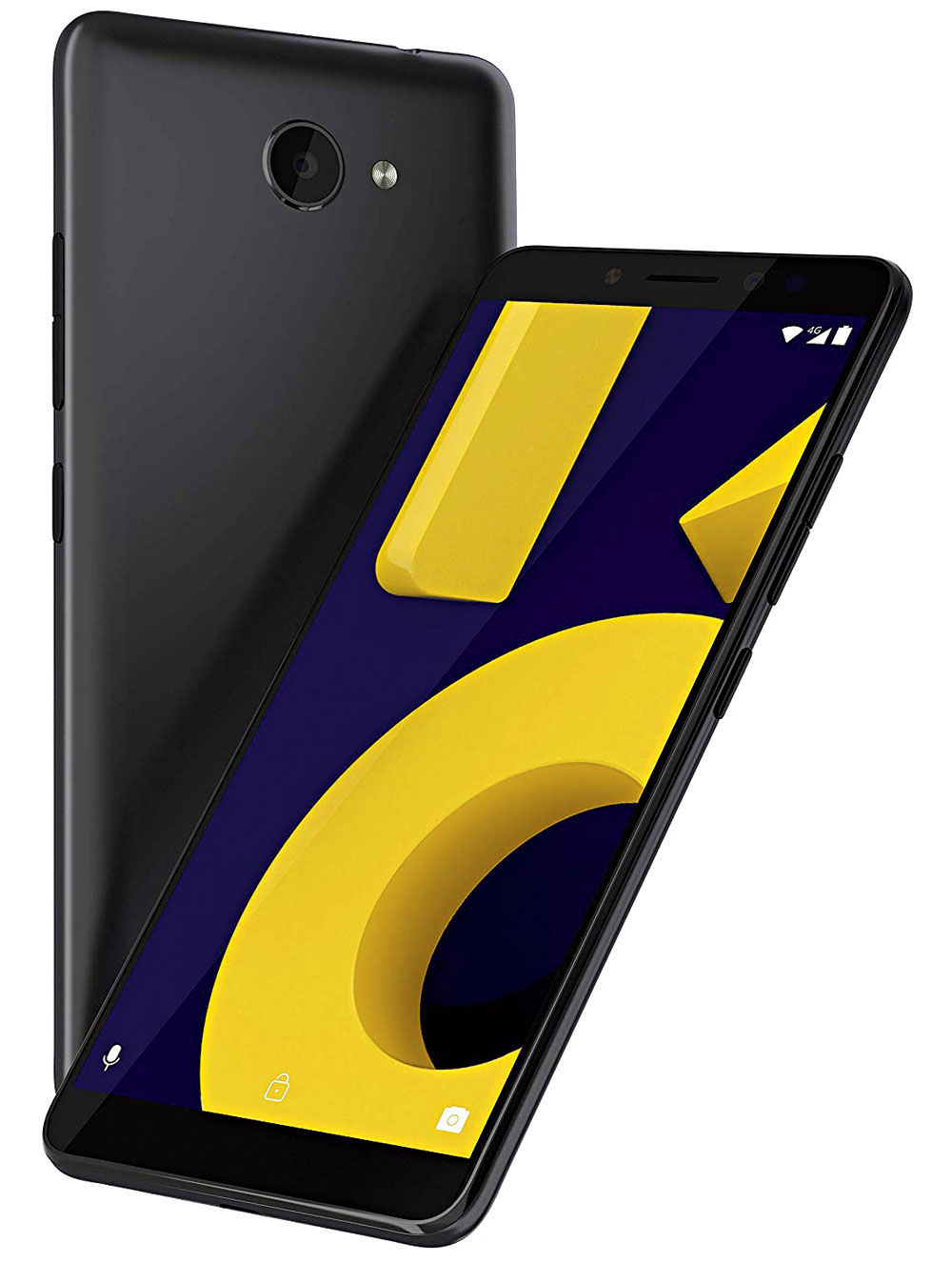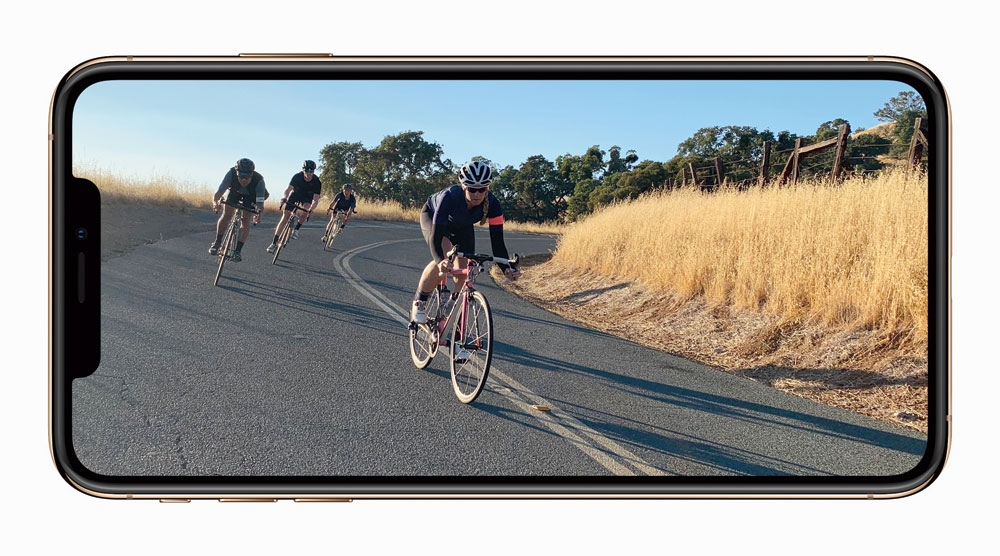
Apple iPhone XS and XS Max Sourced by the Telegraph
Honor Play
Price: Rs 19,999 onwards
The Honor Play packs in Huawei’s top-shelf Kirin 970 chip into an elegant package and makes for a compelling all-round buy in the mid-range segment.
The Play sports the same flagship chip (and 4/6GB RAM) as the pricier P20 Pro which, aside from pure performance in everyday tasks, delivers AI benefits in camera performance and battery life. Gaming, in particular, benefits from the GPU Turbo tech, more so with optimised games like PUBG — frame rates are higher and performance was smoother. In what is a departure from recent all-glass designs, the Honor Play takes a considered approach to design, with its metal unibody giving it some much needed durability.
It doesn’t look quite as premium as the previous Honor 10 and the tall dimensions make the phone a little difficult to manage in smaller hands even though it packs in a large 6.3-inch display, courtesy the minimal bezels and edge-to-edge design. Loudspeaker is sub-par. EMUI 8.2 sports a lot of features, but the number of preloaded apps is a concern. Camera results, even with the AI detection, are average and I actually preferred to turn the option off for better colours.
Vivo V11 Pro
Price: Rs 25,990 onwards
With its in-display fingerprint scanner, Vivo’s X21 managed to stand out in the sea of sameness in the premium mid-range segment, so the V11 Pro does well to bring in a lot of the same features for a lot less.
It may look identical to the V9 that was launched not too long ago, but Vivo’s done a bang-up job on the front design, giving the V11 Pro seriously slim bezels and a really tiny notch — the latter fits in just a front camera, with the sensors cleverly moving to the bezels. The Super AMOLED 6.41-inch display is sharp and vivid, and packs in the in-display fingerprint scanner. Now, while the fingerprint unlock isn’t any faster than what I saw on the X21 — it still takes a full second to work — the face recognition works super quick, so you can use either or combination of both for convenience.
The V11 Pro is powered by the Snapdragon 660 chip with 6/64GB of memory/storage — not half bad, but the specs-obsessed will likely choose the Poco F1 over this. Funtouch OS is, as always, feature rich yet a tad unpolished. The camera is missing optical stabilisation, but it does well to lock focus quickly and produces good results, even in low light.
Apple iPhone XS and XS Max
Price: XS Rs 99,900 onwards;
XS Max Rs 109,900 onwards
Apple’s latest flagships — the XS and the appropriately named bigger 6.5-inch display XS Max — are here, and while they retain the X’s overall design language, the improvements under the hood are significant enough for all but iPhone X owners to consider plonking down the not-insignificant asking price for Cupertino’s class of 2018.
The design may look identical to last year’s, but the new iPhones flaunt more durable glass and come with a higher IP68 dust/water resistance rating. Oh, and that bronze-ish gold colour is all class.
The XS has that perfect tweener form factor — just the right amount of screen packed into a form factor that doesn’t overwhelm small hands. But it’s the XS Max which astounds with just how much screen has been packed into a body that isn’t quite as large (it’s still unabashedly a two-handed device) and as heavy as one would have expected. And that screen, particularly on the larger Max, is downright gorgeous — colours are punchier, blacks are blacker and sharpness and detail levels are incredible. High resolution content — movies or games — truly sing on this screen, and the whole experience is aided by the improved soundstage and separation on the stereo speakers.
But the real upgrades are under the hood, with the A12 Bionic chip with its embedded Neural Engine blazing further ahead in the mobile chip race with its one-two combo of boosted performance with power efficiency, and graphics performance in particular sees a big jump in this generation. Whether you’re exporting a 4K movie or using face-tracking for Animojis (or the new iOS 12 Memojis) or even playing the latest augmented reality game, performance on the XS duo is unparalleled. Battery life is good, not a huge leap over the X, though. Both models will last a full day at work and the Max a bit longer courtesy a slightly bigger battery.
The rear cameras see a bump up in pixel size, for better low-light performance and higher dynamic range in photos and videos, and the new Smart HDR mode turns out impressive results that very nearly challenge the current king of photos (Pixel 2). The new depth-control mode lets you adjust the blurriness of the background after the portrait mode photo is taken, which is a neat touch. Video quality is top-notch, pretty much the best you can expect from a smartphone.
Both phones support fast charging but ship with painfully slow 5-watt chargers. You finally get dual-SIM support but there’s a catch — the second SIM is an embedded SIM (with support on Jio/Airtel), not an actual SIM card slot. No headphone jack and no audio dongle either. And of course, the pricing is higher than ever, which should give most people pause — and rightfully so! Also, Face ID is faster than before, but still doesn’t work in landscape mode.
10.or D2
Price: Rs 6,999 onwards
Amazon brand 10.or has impressed with its capable offerings at a great price, and the D2 is a follow-up to the last year’s D. The tall, 5.45-inch HD+ 18:9 display impresses, but the phone does little else to stand out.
While it offers similar specs (Snapdragon 425) as the D, stock Android 8.1 Oreo feels fluid in everyday use, though I wouldn’t advise heavier game titles at anything but the lowest graphics settings. The camera does well for the price, offering good details in landscapes and low light if you can manage your way around the shutter lag. Battery life is good.
The plasticky design is well-built but is rather staid and functional. None of the variants offer a fingerprint scanner (present in the last generation) and the face unlock is finicky, a bit of a disappointment. Overall, the D2 doesn’t impress quite as much as last year’s model and you’d be better served by the 10.or G or the new Xiaomi Redmi 6.
Xiaomi Redmi 6 Pro
Price: Rs 10,999 onwards
Xiaomi’s dominance in the budget segment continues, and its new line of attack, the Redmi 6 series, has the Redmi 6 Pro at its helm. What does the ‘Pro’ moniker get you? A notched display (a first for the Redmi series) and Xiaomi’s staple Snapdragon 625 chip — iterative upgrades that will, I suspect, add to some amount of confusion for the average consumer when they have to decide which Xiaomi to buy in this segment!
With a design that’s nearly identical to Redmi phones of the past, Xiaomi has played it safe and, rather sensibly, opted for a durable metal-back design than toy with the more delicate glass-metal designs. This is a fairly thick phone, but the size allows it a dedicated SD card slot and a 4,000mAh battery that gives the 6 Pro all-day longevity with juice to spare. The addition of the notch to the bright and vibrant 5.84-inch display undoubtedly gives you a more screen real estate, though it has to be said that the fat bezels all around negate the impact of the notch somewhat. Performance is on a par with many of Xiaomi’s Snapdragon 625 devices — the chip is showing its age but is still a capable performer for everyday use.
Camera falters under low-light, but the portrait mode and selfies work well. The Pro joins a crowded line-up and you’ll have to be rather specific in your requirements to pick this up over a Redmi Note 5/Y2 or the Asus M1.
Tushar Kanwar is a tech columnist and commentator. Follow him on Twitter @2shar. Mail your tech queries to t2onsunday@abp.in

Xiaomi Redmi 6 Pro Sourced by the Telegraph

Honor Play Sourced by the Telegraph

Vivo V11 Pro Sourced by the Telegraph

10.or D2 Sourced by the Telegraph











